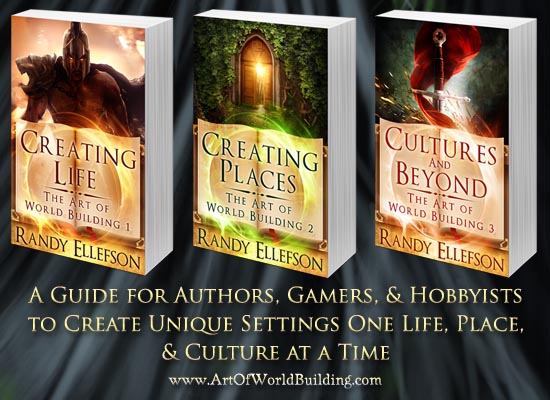In another blog, I discussed whether you should create plants and animals for your fantasy setting. Assuming you’ve decided to do it, here are tips for doing so.
New Ideas
If you already have ideas, you can just write them up according to a template like the one I’ve provided here:
The Template
Animal/Plant Name:
Type: (animal, plant [tree/flower], bird, fish)
Description:
Habitat:
Uses: (products, forbidden uses)
Earth equivalent: (is this based on something from Earth?)
Example
Item Name: Big Cat Name Here
Type: animal, mammal, feline
Description: this big cat has four legs and a long tail. They are up to ten feet long including tail and 700 pounds. They do not have a mane and are often darkly colored with lighter spots. Males are larger than females. Both live 30 years. They are loyal to their owner once bonded.
Habitat: they are found in all kinds of forests and mountain ranges and often hunt in open plains and grasslands. They eat horses, animal 1, and animal 2. Humanoid species are also prey items, but not if armed.
Uses: they can be used as personal guards and trained in battle to assist their owner or as a group like cavalry. They will wear armor and can be trained to attack and defend armed opponents. They are sometimes pets, but rarely.
Earth equivalent: this is a large tiger, but it is like dogs for trainability and wolves in that they are pack animals.
Getting Ideas
Start with Earth

The bright leaves of the venus flytrap (Dionaea muscipula) attract insects in the same way as flowers. (Photo credit: Wikipedia)
If you need ideas, start with Earth animals or plants and begin modifying them. I suggest several modifications for each one you create. A horse with only six legs to make it different isn’t that interesting.
Some items to change are coloring, number of appendages, whether an animal is trainable or not, and how the animal can be used by your humans and species (if at all). You can simply reverse some of these things, like making cats who obey like dogs. In fact, many Earth things are different than you might expect. For example, in America we’re used to only seeing red tomatoes. You could create yellow ones, thinking you’re being different, when in reality yellow tomatoes already exist here. This is where research can help.
Research
Google any plant or animal that you want to start with and read about it, making a list of interesting attributes or things you could mention when writing. It becomes interesting if you say a character sees an animal name you made up and describe it like this: “A large, four-legged, tame herbivore with huge tusks, they mostly graze or eat leaves and other plants. Their tusks are prized. They can be tamed and are often used as pack animals, either carrying the load or pulling it.” On the other hand, if you call it an elephant, it’s boring.
That’s mostly stock information, but it becomes interesting when you change details.
Create a List
There are so many things you could create that having a list helps, particularly if you’re starting with Earth animals and plants. Then research each for the details and start altering them to create your plant or animal. For example:
Mammals: boar, deer, bear, cow, goat
Fish: shark, whale, stingray, plain old fish, flying fish, dolphins
Lizards: snake
Birds: vulture, pigeon, falcon
Flowers: rose, night shade, lilies
Trees: oak, weeping willow, pine, maple
Vegetables: corn, tomato, potato
Other Plants: wheat, rice
Products
These plants and animals will result in products made from them. Goats are used for cheese, for example. Potatoes make chips and fries. Wheat makes beer and bread. Grapes make wine. Trees are turned into all sorts of products and have typical uses depending on the tree. Research an oak tree and how it’s used (and why), and then give it some different properties and similar uses and you can write something like, “He poured tree-name syrup on his wheat-name pancakes.”
Coda
Creating new animals and plants can give your fantasy world and stories a uniqueness that keeps readers coming back for more – if you do a good job! It can be fun and easier than you might expect, but beware of spending so much time doing it that you stop writing.
Follow Me
Official Site: http://www.randyellefson.com
Twitter: http://twitter.com/randyellefson
Facebook (as guitarist): https://www.facebook.com/pages/Randy-Ellefson-Guitarist
FaceBook (as author): www.facebook.com/RandyEllefsonAuthor
YouTube: www.youtube.com/RandyEllefson


Pingback: Should You Create Plants and Animals in Your Fantasy Setting? | Randy Ellefson's Blog
Pingback: Should You Create Plants and Animals in Your Fantasy Setting? »